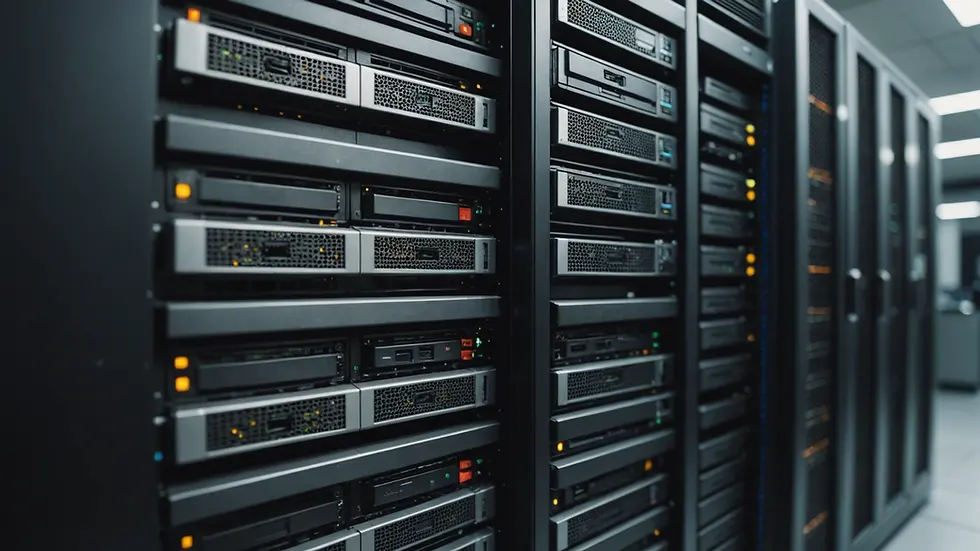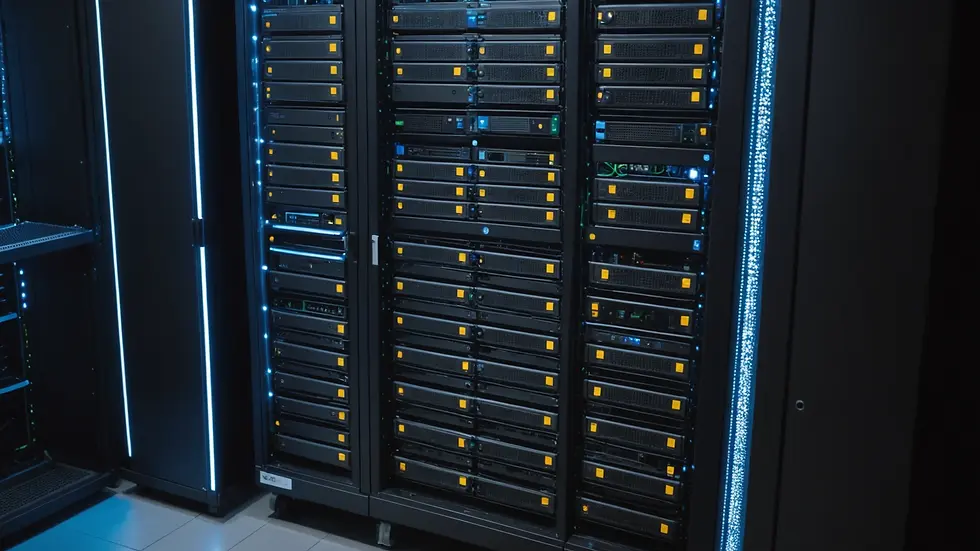Is Your Business Falling Behind? The Hidden Costs of Outdated IT Systems Uncovered - IT Support
- Reese Robertson
- Dec 23, 2024
- 4 min read
In today’s fast-paced digital world, many small businesses hesitate to invest in modern IT systems. They often stick with outdated technology, convinced that it "still works." However, this mindset can be a costly risk, leading to consequences that extend beyond just operational efficiency. It can undermine customer trust and hurt profitability. At Evolving Technology Solutions, we have encountered numerous businesses that reveal the hidden costs of maintaining legacy systems can be significant and frequently underestimated.
The rapid pace of technological change means that systems which were once cutting-edge can quickly become burdensome. In this post, we will uncover the hidden costs of outdated IT systems—both visible and invisible—and explore how upgrading to modern solutions can save money, boost operational efficiency, and secure the future of your business.
The Cost of Downtime
Downtime is one of the most immediate concerns linked to outdated IT systems. Many businesses experience performance issues with legacy systems due to their age and lack of support. According to a study, companies can lose an average of $5,600 per minute of downtime. For a small business, just a few hours of downtime can result in thousands of dollars lost in revenue.
Moreover, longer recovery times often accompany these outages. Businesses using outdated technology can take up to 40% longer to recover from system failures. This not only affects immediate finances but also harms customer trust. Clients expect consistent and reliable service—any interruption may prompt them to look for alternatives, costing businesses long-term loyalty.

Security Risks and Compliance Issues
Old systems often miss critical updates, making them vulnerable to new cyber threats. A recent report found that 60% of small businesses that experience a cyberattack close within six months. Hackers are continuously looking for weaknesses in outdated software, putting businesses at high risk. The financial fallout from a data breach can be staggering, with the average cost of a data breach in 2023 being $4.45 million.
In addition, many industries face strict regulations regarding security standards. Remaining compliant is essential. Failing to meet these standards can lead to fines that can reach up to 4% of annual revenue. Modernizing your IT systems not only boosts security but also helps maintain compliance, shielding your business from potential fines.
Inefficiency and Low Productivity
Legacy systems tend to create inefficiencies, as they lack the integration capabilities of modern solutions. Employees often spend hours working around glitches or managing incompatible software. Research shows that organizations lose around 20-30% of productivity due to common IT issues. This lost time can lead to frustration among employees and may jeopardize projects.
Modern IT systems include features like automation and streamlined processes, enhancing collaboration and allowing employees to focus on essential tasks that promote growth. For instance, tools that integrate sales and customer service data can save teams several hours each week, translating into better service and improved performance.
Lost Competitive Edge
In a market influenced by constant innovation, maintaining a competitive edge is essential. Companies relying on outdated IT systems risk falling behind. They miss out on crucial technology like data analytics and real-time insights, which can drive better decision-making.
For example, businesses that leverage modern customer relationship management (CRM) tools can gain insights into customer behavior, helping tailor services and stay ahead of trends. Without these tools, companies find themselves reacting instead of proactively engaging with their market, which can lead to a gradual decline in market share.
The Financial Burden of Legacy Systems
Outdated technology can bring unexpected financial strain. Maintenance costs, hardware upgrades, and the need for extra support can quickly accumulate. In fact, businesses maintain legacy systems for an average of 7-10 years, incurring nearly 60% higher costs compared to those using updated technology.
Modernizing your IT infrastructure can enhance financial management. For example, switching to cloud solutions offers scalable options that adjust to business needs. This can lead to predictable budgeting and lower costs associated with on-premise systems, allowing funds to be redirected toward growth initiatives.
Enhancing Customer Experience
Customer expectations have escalated. They expect immediate service, tailored experiences, and quick responses. Outdated IT systems can hinder a business’s ability to deliver high-quality interactions, damaging customer loyalty.
Investing in updated systems opens the door to advanced CRM software, which enables businesses to better understand and serve their clients. According to Salesforce, businesses that prioritize customer experience can achieve revenue growth of up to 80%. Improved customer interactions lead to higher satisfaction and loyalty, ultimately driving repeat business and referrals.
Taking the Steps to Upgrade
Transitioning to modern IT solutions can feel overwhelming, especially for small businesses. However, it does not have to be an all-or-nothing endeavor.
Assessment: Start by evaluating your current systems to pinpoint areas needing improvement.
Prioritize: Identify which upgrades will significantly impact efficiency and customer satisfaction.
Plan: Create a phased rollout plan to implement new technologies, reducing interruptions.
Leverage IT Support: Collaborate with IT support professionals to guide you through the upgrade process, ensuring a smooth transition.
The Bottom Line
In a rapidly evolving digital world, sticking with outdated IT systems can cost small businesses more than just time—it can stifle growth, erode customer trust, and affect profitability. Recognizing these hidden costs is crucial for making informed decisions about technology investments.
Upgrading to modern solutions not only saves money and boosts efficiency but also positions a business as a reliable player in the market. The process may seem challenging, but with careful planning and support, it becomes an investment yielding long-term benefits.
Your business's future may rely on it—don’t let outdated systems hold you back. Consider modernizing today to unlock your business's full potential.



Comentários